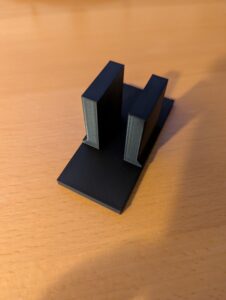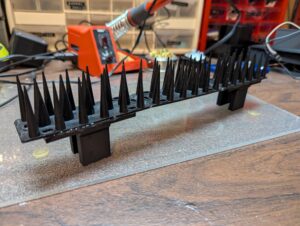 If you look at this blog, you’ll quickly see that many of my projects relate to Halloween. I don’t know if this is a good, bad, or dumb idea, but as I was thinking about my use of Python for controlling Halloween props, I had the thought that it might be nice to have and share a crowdsourced list of python-related resources relating to Halloween, such as useful libraries (e.g., pyAudio, various libraries for using the GPIO pins on a Raspberry Pi), complete software packages (e.g., my own ChatterPi), or even Halloween-themed games written with Python. So, with some help from ChatGPT, I’ve put together a Google sheet, Python Resources for Halloween, with some pre-populated content that anyone can view, along with a Google Form, Submit Python Resource for Halloween, where anyone can submit additional resources for inclusion.
If you look at this blog, you’ll quickly see that many of my projects relate to Halloween. I don’t know if this is a good, bad, or dumb idea, but as I was thinking about my use of Python for controlling Halloween props, I had the thought that it might be nice to have and share a crowdsourced list of python-related resources relating to Halloween, such as useful libraries (e.g., pyAudio, various libraries for using the GPIO pins on a Raspberry Pi), complete software packages (e.g., my own ChatterPi), or even Halloween-themed games written with Python. So, with some help from ChatGPT, I’ve put together a Google sheet, Python Resources for Halloween, with some pre-populated content that anyone can view, along with a Google Form, Submit Python Resource for Halloween, where anyone can submit additional resources for inclusion.
The submissions are moderated, so they won’t show up immediately in the resource sheet. If you have anything to propose adding, please do so using the Google Form. If you have any other feedback, I welcome it as a comment on this post.






